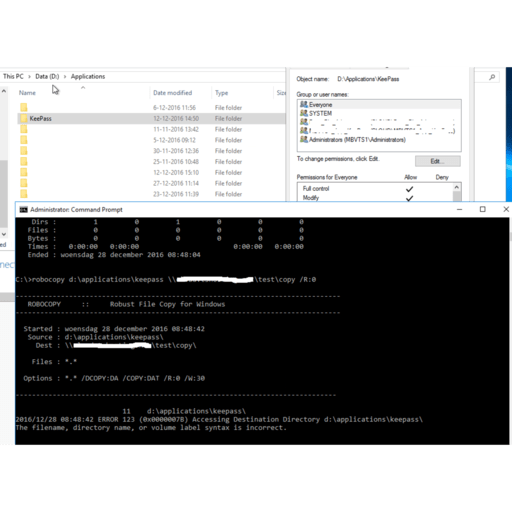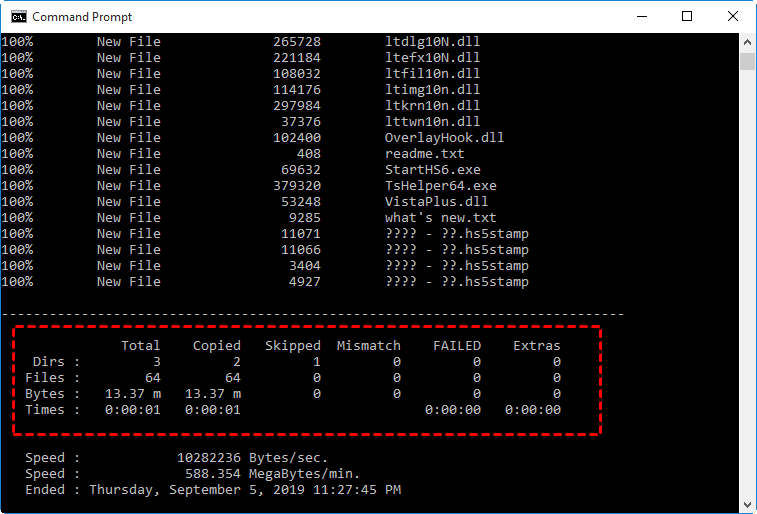
It said it would take 'about a day' to calculate the move. The total combined size of the files is relatively small - around 600mb - but it appears to be the sheer amount of them that's causing the issues. See Microsoft's Ask The Performance Team Blog for more.I have 16 subdirectories which all contain somewhere between 1m-1.5m files each (roughly 18m files in total), but I need all the files to be in a single directory. For example, if you are synchronizing user home directories intraday to a separate location (i.e., while users are actively using the files), buffered I/O would benefit from files already resident in the cache, but may temporarily pollute the cache with stale files on the other hand, unbuffered would forego any benefit of files already cached. It loses its benefit when frequently-accessed items get evicted. It requires a cache replacement strategy that governs when to evict items to make room for new items. As with any cache, the filesystem cache is faster but smaller than the source behind it.

Copying a bunch of files that were just changed? Buffered should be faster.įinally, note that file size is not the only factor in deciding between buffered and unbuffered. If you are zipping up a bunch of files and transmitting the zip to a backup target, unbuffered is the way to go. So there is a tradeoff, but which is appropriate for you depends on your particular case. Large files tend to be less frequently accessed in practice than smaller files.

You probably don't need to buffer anyway.Reads and write of large file data blocks increase the probability of requiring disk I/O. Large file blocks don't tend to stay in the cache for very long anyway, unless you have a ton of memory relative to the file size.


The performance penalty with buffered I/O is substantially worse for large files. The usage note mentions large files vis-à-vis buffered I/O because: The operating system takes care of synchronizing file writes back to disk, and reads can be pulled directly from memory. Buffered I/O incurs a performance penalty the first time the file is accessed because it has to copy the file into memory however, because memory access is faster than disk access, subsequent file access should be faster. Buffered I/O augments the simple copy to optimize for future reads of (and writes to) the same file by copying the file into the filesystem cache, which is a region of virtual memory. Unbuffered I/O is a simple file copy from a source location to a destination location.


 0 kommentar(er)
0 kommentar(er)
